In recent news from Tuổi Trẻ (Youth) newspaper, Venerable Thích Tâm Mẫn of Hoằng Pháp Pagoda commenced a pilgrimage from Ho Chi Minh City to Yên Tử (Quảng Ninh) using the method of “nhất bộ, nhất bái” (one step, one bow) to pray for national peace.In ancient Chinese Buddhist history, Hòa Thượng Hư Vân undertook a pilgrimage known as “tam bộ nhất bái” from Phổ Đà Mountain to Ngũ Đài Mountain (covering 3000 miles) to express gratitude to his parents and pay homage to an Enlightened Being who helped his teacher.
American disciples Hằng Do and Hằng Cụ, students of Master Tuyên Hóa from Kim Sơn Monastery in San Francisco, followed suit by performing the “tam bộ nhất bái” from San Francisco to Seattle, Washington state, to pray for world peace.
Additionally, American disciples Hằng Thật and Hằng Triều undertook the “tam bộ nhất bái” from Kim Luân Temple in Los Angeles to Vạn Phật Thành in San Francisco between May 1977 and October 1979.
A segment on the Discovery Channel featured a Tibetan youth who embarked on a months-long journey to a sacred mountain in the Himalayas, prostrating every few steps to pray for his mother’s well-being.
In the UK, in 2004, Venerable Thích Trí Như from Linh Sơn Temple (Tịnh Độ) performed the “tam bộ nhất bái” pilgrimage to Scotland (a distance of 481 km) to pray for world peace and human happiness.
The Scriptures warn: “When you pray, don’t be like those hypocrites who love to pray publicly for show. They’ve already gotten their reward. Instead, go into your room, shut the door, and pray to your unseen Father. He will reward you openly. And when you pray, don’t babble on and on like the pagans, thinking your many words will impress. God knows what you need before you even ask!” (Matthew 6:5-8).
While undertaking a pilgrimage and praying along the way to fulfill personal desires, even if uncertain, may seem understandable to some extent. To employ such absurd methods to pray for world peace, insinuating that humanity’s tranquility hinges on one’s ludicrous antics, is nothing short of comical. It’s akin to the false advertising antics of the Chinese from Shan Dong, who showcase martial arts performances to draw crowds and then promote their supposed panacea products.
Related Post
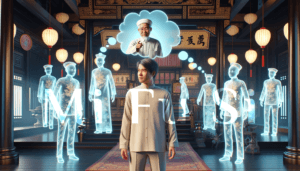
WITNESSING MEDIUMS AND SPIRITS AT WORK
WITNESSING MEDIUMS AND SPIRITS AT WORK (Một phiên làm việc của thần linh - sent by Thachanhtrang ngày 02 Tháng...
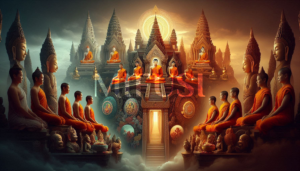
Story 4 – Chimdada’s quest for Magic
Story 4 - Chimdada's quest for Magic Câu chuyện số 4 - Chimdada cầu đạo by ThầyGià - 12 November...
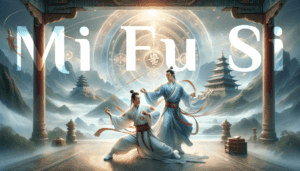
Buddha Kungfu vs Buddha Literature
Translated from "Truyền Tâm Ấn" by Horangri. The Secret Seal transmission - Buddha Kungfu vs Buddha Literature The widespread practice...
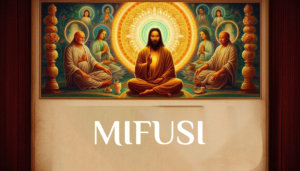
Story 8 – The Initiation Rite – Stealing the Dharma
Story 8 - The Initiation Rite - Stealing the Dharma Câu chuyện số 8 - Điểm đạo và Trộm đạo...
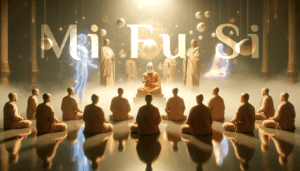
To be a true devotee
To be a true devotee (Người tu học chân chính by Hàn Sơn on 25 April 2014, 10:19 - translated...

Receiving the celestial scroll
Receiving the celestial scroll Ấn chứng thấy Phật - Chúa by Kita on 14 July 2011, 17:08 - translated by...

A Kidnapping Story with a Good Ending
A Kidnapping Story with a Good Ending (Câu chuyện bắt cóc có hậu by thànhtâm on 25/04/12, translated by ngocxuan,...

RELIGIOUS VIEWS ON THE ORIGIN OF LIFE AND THE UNIVERSE
In attempting to study religion, people often get frustrated and have much to think about the many serious controversial religious...
